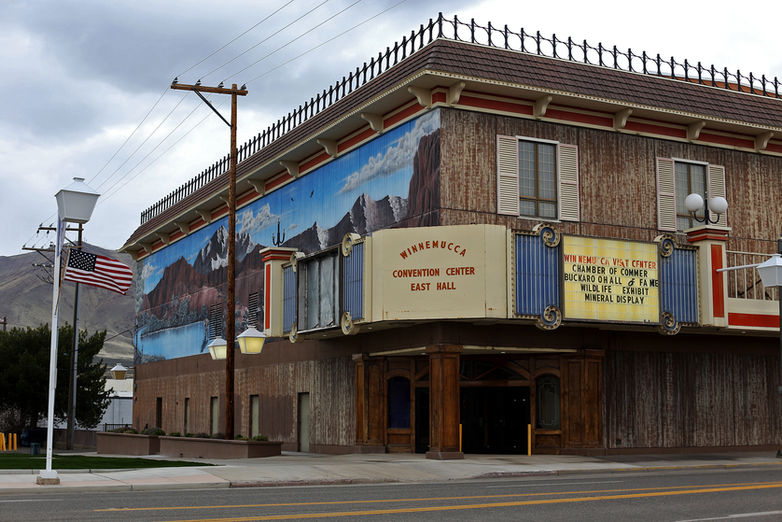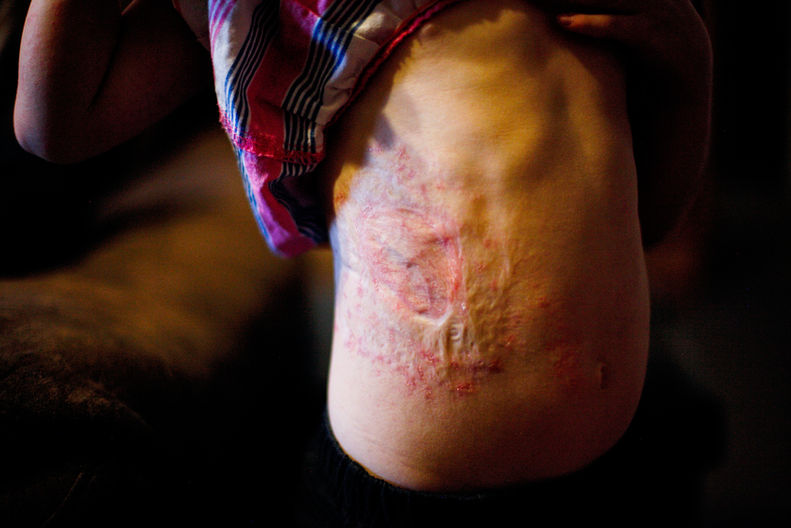Two hours east of Reno is Winnemucca, a town of about 7, 800 in Humboldt County. Humboldt and the surrounding counties of Pershing and Lander are some of the most sparsely populated areas in Nevada. Here, suicide rates are higher, and community leaders know that. They've worked years at strategies to prevent suicides. In 2017, the counties saw only one or two suicides. The strategies seemed to be working. Then, in a one month span in the fall of 2018, they saw 13. Why?
Two hours east of Reno is Winnemucca, a town of about 7, 800 in Humboldt County. Humboldt and the surrounding counties of Pershing and Lander are some of the most sparsely populated areas in Nevada. Here, suicide rates are higher, and community leaders know that. They've worked years at strategies to prevent suicides. In 2017, the counties saw only one or two suicides. The strategies seemed to be working. Then, in a one month span in the fall of 2018, they saw 13. Why?


When most people think of Nevada they think Las Vegas. Maybe they remember Reno. But people don’t realize that Nevada is mostly rural, and the tug-and-pull between urban and rural interests is always a theme in the backdrop of the politics and culture of the state. On a national stage, this dynamic manifested itself clearly when Cliven Bundy had a standoff with the Bureau of Land Management in 2014.
I started at the Review-Journal after that boiling point catalyzed online. I covered some of the fallout of the trial. The stories I’ve done alongside reporters have been about understated issues that will not generate the attention the standoff did, but they’re imperative in understanding the communities that aren’t in the big cities that struggle with a lack of resources and political pull.

Nevada's urban-rural divide in suicides
Winnemucca is a city of about 7,800 within Humboldt county, two hours east of Reno. Humboldt and the surrounding counties of Pershing and Lander are some of the most sparsely populated counties in Nevada. Like the rest of rural America, suicide rates are higher here than in urban areas.
Everyone knows each other here in some way. When a suicide occurs, it’s felt by everyone.
A spike in 2016 compelled community leaders to start a public awareness campaign. Some formed a prevention coalition and brought in experts to train residents on the signs of suicide. Schools were awarded a grant that funded therapists, depression screenings, and teacher trainings.
In 2017 the three counties only saw one or two suicides. Leaders felt they were starting to make progress.
Then in the fall of 2018, the counties reported 13 suicides. We went to find out why.
Nevada's rural residents face
fraying safety net
Few hospitals. A shortage of medical professionals. 300,000 rural Nevadans face major health-care challenges.
Acacia Hathaway lives with her family in Tonopah, a small mining town about three hours north of Las Vegas.
Acacia's daughter, Ella, has Goltz syndrome, a rare multisystem genetic disorder.
The hospital that closed in August of 2015 took away a safety net for her and her family. The ambulance system today lacks enough volunteers to operate 24/7.
Since this piece was completed, Ella has had some successful surgeries to combat her many daily, painful symptoms. But her journey is a life-long one. On top of the illness itself, Acacia is constantly battling a broken health care system. She switches insurance in January, and is fairly sure the doctors she has gotten now for her daughter won't accept the new insurance, and she will have to start again looking for other doctors.

An hour outside vegas, escaramuza riders preserve rural latino culture




































